My friend Pixie asked me for tips on drinking enough water every day. This is so important I made my tips into a permanent page.
It’s available at https://smarton.health/tips-for-staying-hydrated/
I am going to make a nice printable reminder sheet and a magnet for my fridge. Never hurts to give oneself some supporting visual cues.
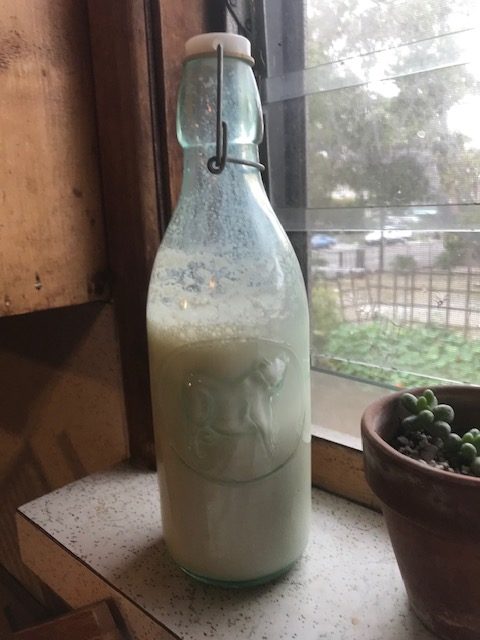
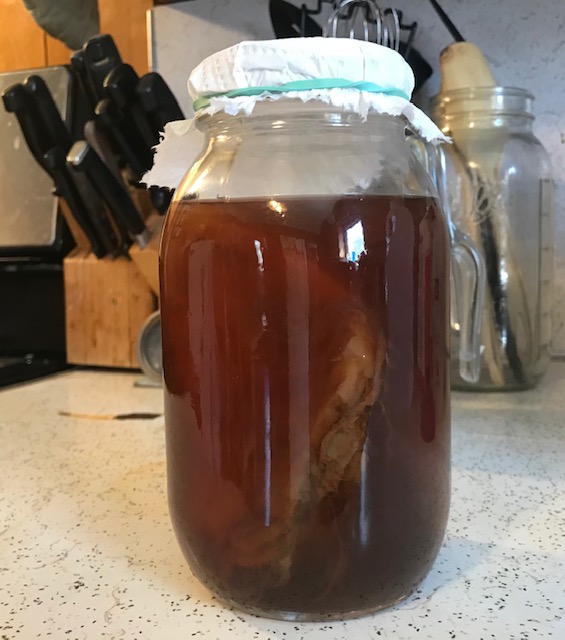 I got myself a new kombucha SCOBY from my friend Eloise, along with some kefir grains. I’ve been relying on expensive probiotic supplements to bridge the gap and, well, it’s kind of dumb to spend good money when I can have the benefit of food nutrients in addition to the good bacteria. I’m trying to be better about making something cultured as part of my weekly food prep routines.
I got myself a new kombucha SCOBY from my friend Eloise, along with some kefir grains. I’ve been relying on expensive probiotic supplements to bridge the gap and, well, it’s kind of dumb to spend good money when I can have the benefit of food nutrients in addition to the good bacteria. I’m trying to be better about making something cultured as part of my weekly food prep routines.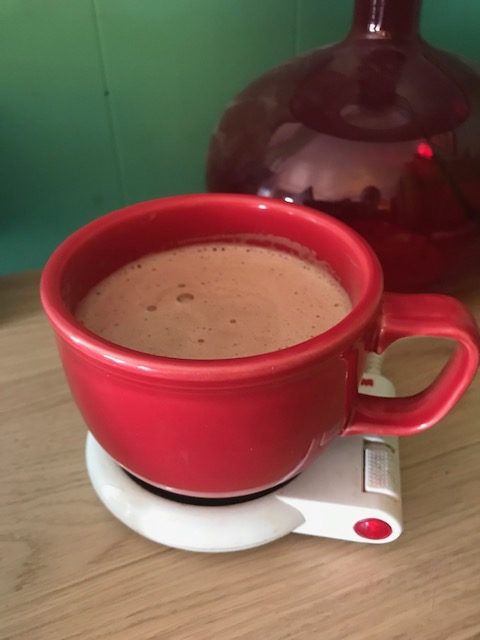 It was chilly here yesterday and I wanted to sip on a warm cozy drink. I find it difficult to get enough protein to support my muscle building goals so I need to supplement my diet. One way I make powders more interesting is to incorporate them into different recipes. Hot chocolate is one of my favorite ways to do it.
It was chilly here yesterday and I wanted to sip on a warm cozy drink. I find it difficult to get enough protein to support my muscle building goals so I need to supplement my diet. One way I make powders more interesting is to incorporate them into different recipes. Hot chocolate is one of my favorite ways to do it.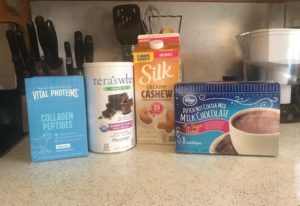 Ingredients
Ingredients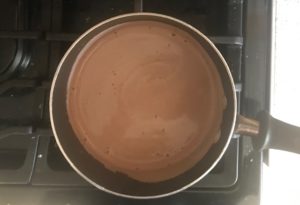 It’s a bit trickier to make the drink come out smoothly when you add protein to it. It can get lumpy because the powders are difficult to blend. It can also separate if you get the liquid too hot. Some sort of chemistry happens when the protein gets to a certain heat and you’re left with gelatinous powder blobs. Stay with the pot, stir it constantly, and drink immediately.
It’s a bit trickier to make the drink come out smoothly when you add protein to it. It can get lumpy because the powders are difficult to blend. It can also separate if you get the liquid too hot. Some sort of chemistry happens when the protein gets to a certain heat and you’re left with gelatinous powder blobs. Stay with the pot, stir it constantly, and drink immediately.